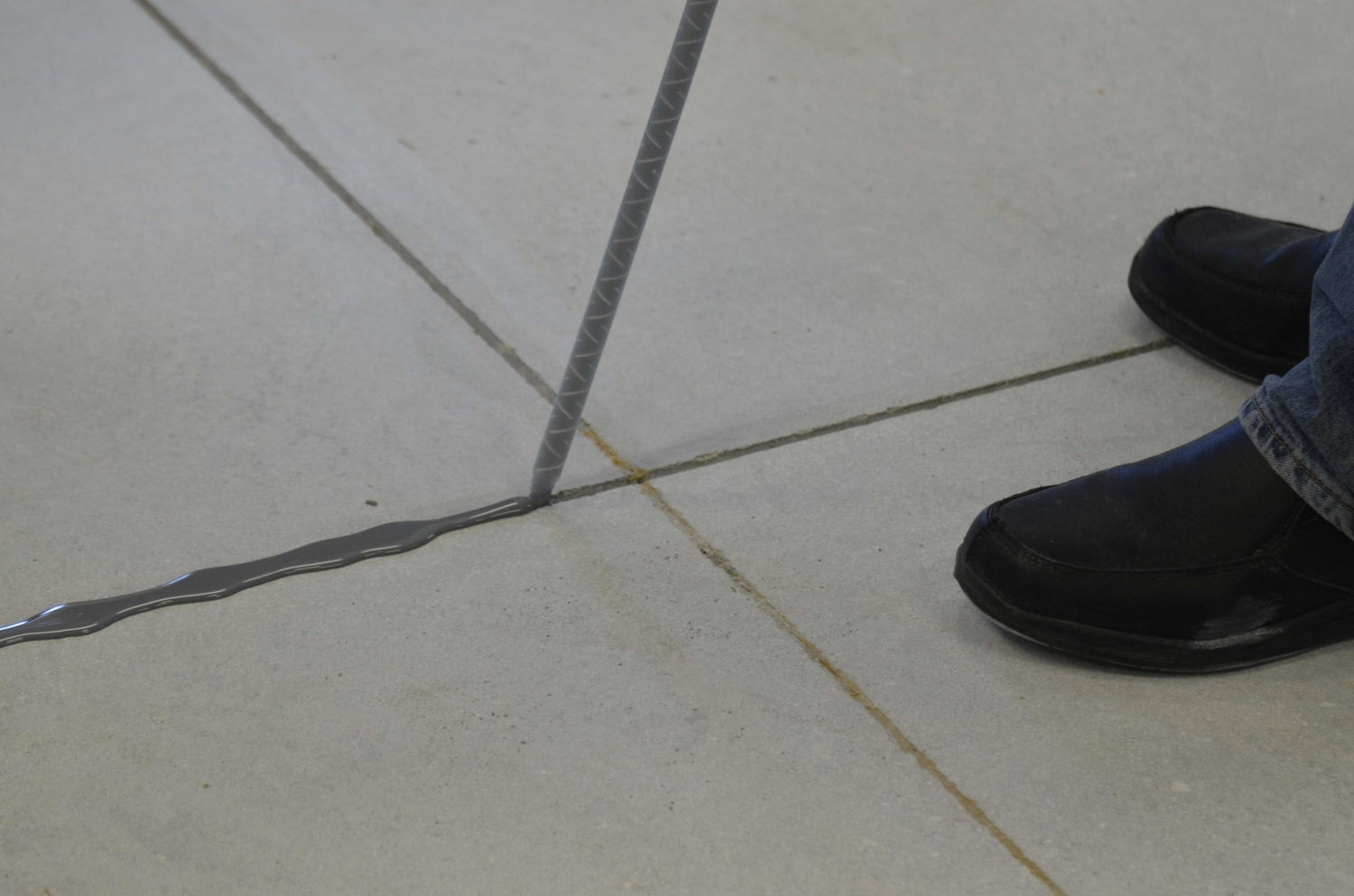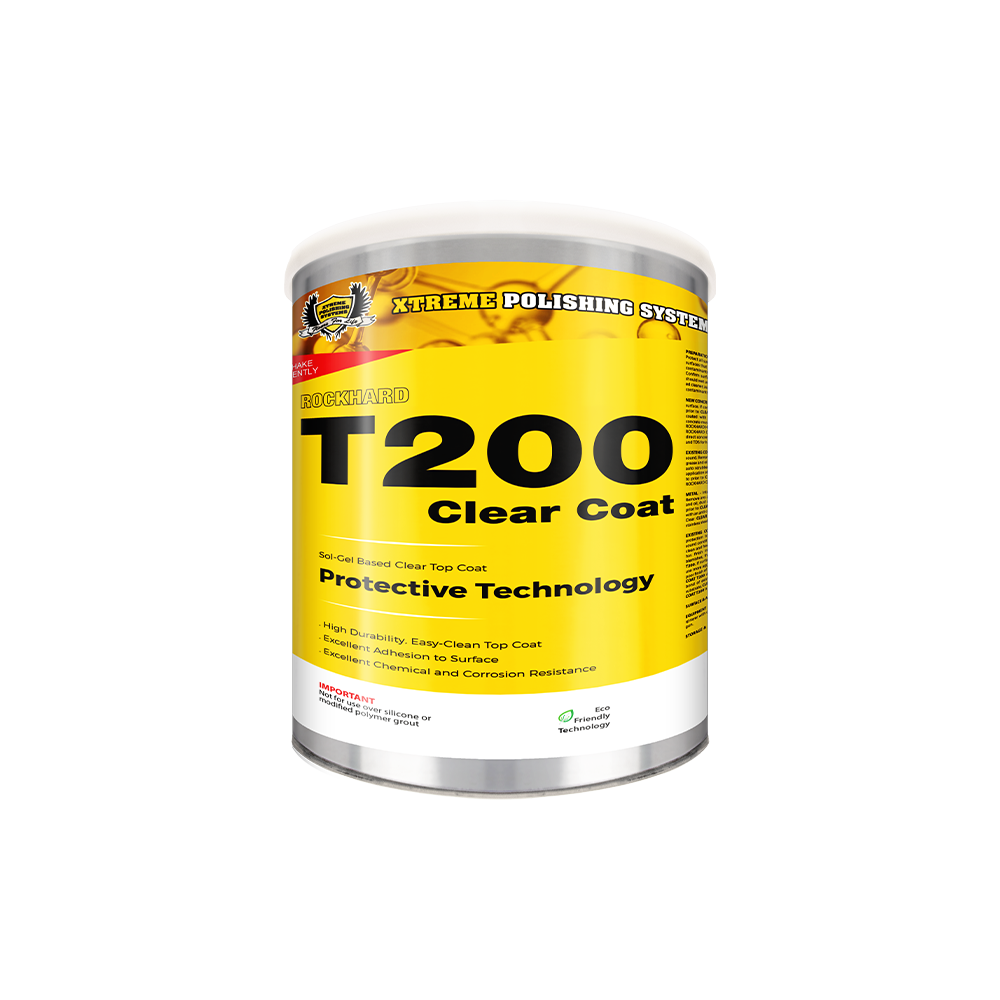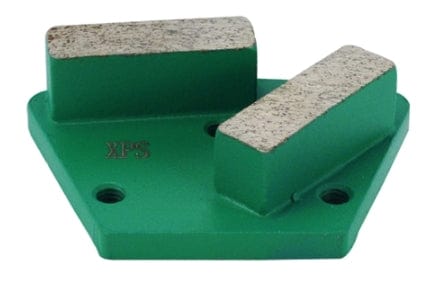Several factors at play can result in concrete cracks, such as shrinkage, heat, incorrect joint placements, excessive stress and loading conditions, and movements produced by external sources. There are also different techniques and approaches to fix them.
Epoxy injections administered directly to the crack get used in some of these repairs or restorations. The method differs based on the fracture location and whether the concrete cracks are horizontal or vertical.
Recommended Applications
When cracks run through a concrete surface, you can inject the epoxy from both ends. Depending on the application, it may be necessary to make the epoxy more flowable or use a different method to inject it into the concrete.
The installer may also want to inject the epoxy closer together than usual to ensure that it reaches the deepest area of the concrete crack. Before determining whether or not to utilize the epoxy repair, make sure the cause of the crack has gotten identified and that no more movement is permitted. You should not use the epoxy injection procedure if the concrete is still prone to extra movement.
For starters, structural cracks or cracks that are large enough should not get treated with this procedure; instead, consult the building’s engineer to see if some chipping and demolition is required.
Furthermore, if water has entered the crack and you cannot dry it out, use a water-repellent epoxy product. You should not fix concrete cracks caused by rusted steel with epoxy since the steel will continue to corrode, resulting in new cracks. Concrete crack repair kits are available for cracks up to 1/4 inch wide.
In sum,
- You should only use epoxy on cracks that you can entirely repair, not on structures that will be subjected to constant movement and crack creation.
- You should not use epoxy to repair structural cracks or cracks of greater depth. Engineers must monitor such fissures on a case-by-case basis.
- You cannot use epoxy to repair corroded steel flaws because the metal will continue to corrode even after the epoxy has gotten applied.
Steps for Repairing Concrete Cracks with Epoxy
Repairing concrete cracks with epoxy generally undertakes three simple steps, such as the following:
Prepare the Concrete Surface
Start by cleaning the crack zone, which should extend up to half an inch on either side of the crack. This step is required to ensure that the existing concrete crack gets properly bonded. You should clean the region with wire brushes or a high-pressure water jet, but the area is allowed to dry before proceeding.
Air dryers might help you get the moisture and water out of the crack faster if you are short on time. You should not use mechanical tools since they may cause more debris to fall into the fissure.
The optimal crack restoration method may entail enlarging the crack into a “V” form until it is no longer visible. “V” shaped cracks will also result in a more durable finish.
Install the Ports
The epoxy is injected through the ports, obviating the requirement for drilling.
The ports must get spaced appropriately to allow the epoxy to get injected in the correct spots. Moreover, the ports should be eight inches apart along the concrete crack. After the ports have gotten placed, you must seal the top of the crack. Cover the concrete crack with an epoxy paste that may be applied with a putty knife down the length of the crack and will dry in about 30 minutes. During the pressure injection operation, this paste must hold up.
Keep in mind that the seal and adherence of the epoxy paste over the concrete fissure may be affected by changes in concrete temperature.
Inject the Epoxy Crack
Begin injecting at the lowest port and work your way up until the epoxy runs out of the next port or the epoxy stops flowing.
When injecting epoxy into horizontal cracks, begin at the broadest part of the crack. You might wish to close the second port to make room for the epoxy beneath the concrete surface.
Remove the cartridge after repeating the operation until no more epoxy is flowing. Inject extra epoxy into the next open port or the one that has epoxy flowing out of it.
Move one port forward and repeat the operation if the epoxy has cured. It is critical to maintaining flow as you cannot dry it out. You should not fix concrete cracks caused by rusted steel. You should only use consistent epoxy pressure so that the epoxy may flow properly without creating voids beneath the surface. Remove the ports and top seal from the crack once the injection procedure finishes.
Tips for Repairing Concrete Cracks with Epoxy
Besides the three steps above, here are additional tips that may come in handy when repairing concrete cracks with epoxy:
- Begin the injection process with lesser pressure and gradually increase the pressure as needed.
- For bigger cracks, a high epoxy injection pressure gets required.
- Slowly fill large and wide cracks with epoxy to ensure that the gaps get filled thoroughly.
- With a chisel or scraper, the outer epoxy seal can get removed after the entire injection procedure.
- Back-flow of epoxy is a possibility in the case of discontinuous cracks. During the injection process, always check for such situations.
- If the top seal is leaking, use a crayon to fill it. You should only use this for minor leaks.
- The ports must be kept open for at least two days. This option will ensure that the concrete crack gets sealed completely.
- An epoxy injection may not be effective if the crack is large. Always double-check this before starting the injection process.
Conclusion
For all your Concrete Repair ventures, consider Xtreme Polishing Systems! Xtreme offers a wide variety of surface preparation, concrete, and epoxy products and materials designed to meet the needs required for residential, commercial, and industrial concrete flooring. Get in touch with Xtreme Polishing Systems today!
Questions? We would love to hear them! Our professionals are readily available to answer all your questions and to provide you with concrete knowledge and industry expertise in the overall preparation and completion of a concrete floor project. Shop Online or Call (877) 958-5732 for all your concrete flooring needs!











